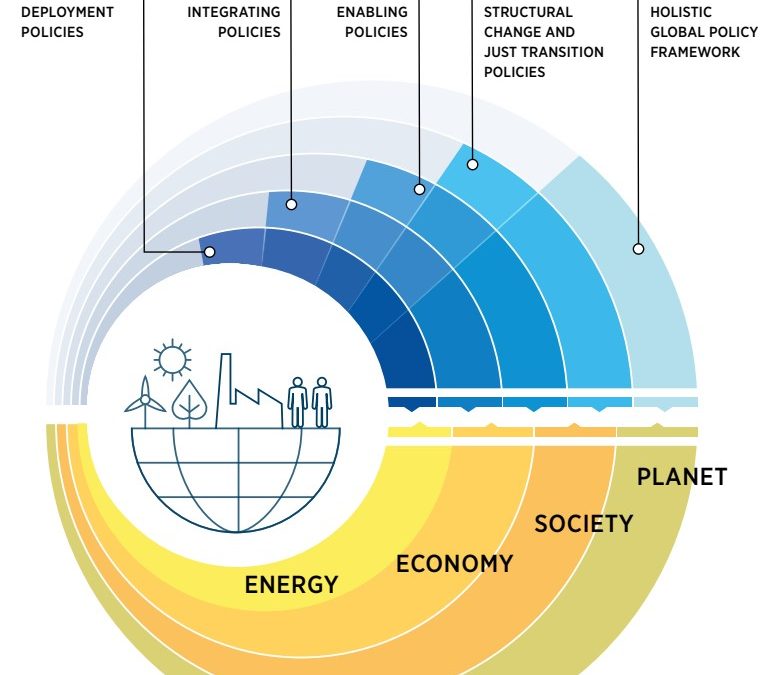Parameters and criteria for providing maritime insurance will change in the coming years, as the shipping industry moves towards decarbonization and as regulations on reducing emissions become mandatory, several executives involved in the process told S&P Global Commodity Insights.
They point out that the Protection and Indemnity, or P&I, is a multibillion dollar insurance cover, which includes, among others, pollution and crew.
Once the carbon emission limits for each ship are put in place, any breach of the cap will come under the ambit of pollution, a maritime insurance executive said on the sidelines of the Nautical Institute of Singapore conference late-last week.
What are under current maritime law, normal carbon emissions, can potentially become unwarranted pollution from next year, he said and added that it will have to be factored in while calculating the premium and paying the claims.
International Maritime Organization has put in place rules under which shipping companies have to reduce emissions from next year. For this purpose, maritime organizations and companies are researching over what could be the best fuel mix to reduce emissions without significantly escalating costs.
Research and infrastructure development are currently going on for adoption of non-fossil fuels in ships.
“While such research is done by other agencies, insurance companies will use it to assess the insurance premium for a ship,” a senior executive with a P&I Club said.
The International Group, or IG, comprises 13 P&I Clubs, which between themselves provide marine liability cover to almost 90% of the global tonnage.
Liabilities, which exceed the individual Club retention, currently set at $10 million are shared between all 13 Clubs in accordance with the terms of a Pooling Agreement. These can potentially run into several billion dollars.
Eventually, in the medium term, the use of greener fuels will be factored in while underwriting an insurance cover, he said.
P&I Clubs provide cover for third-party liabilities such as for loss of life, injury and illness of crew, passengers and other persons, cargo loss, shortage or damage, collision and pollution.
So far pollution from any potential oil spill had to be taken into account but once alternative fuels are adopted, any harmful impact they can have on humans and environment will have to be underwritten in insurance cover, the P&I club executive said.
A case in point is ammonia, which is now being touted as a “green fuel of the future” but its use also creates an entirely new gamut of risks, he said.
While ammonia will go a long way to help companies reduce carbon emissions but the adjoining risks will be assessed to calculate the insurance cover, he said.
Since the insurance covers illness of crew during duty onboard, therefore sickness due to inhalation of any fuel will be taken into account while arriving at the premium and assessment of any potential claims, he added.
There will be a need for “phenomenal safety standards” if ammonia is used as a fuel for ships, said Mark Cameron, Ardmore Shipping’s executive vice president and COO.
Multi-tier insurance market
An underwriter for a P&I club said that these factors are still a “work in progress” but in the medium term, insurance premium will vary depending on the fuel used and this will add to the existing criteria where a ship is assessed basis its classification, adherence to International Safety Management System and International Ship & Port Security code.
The work of underwriters and surveyors involved in loss prevention is bound to increase, he said.
Under the upcoming IMO norms, the grams of carbon dioxide emitted per cargo-carrying capacity and nautical mile for a ship will be calculated. The ship will be given a rating from A to E under a Carbon Intensity Indicator, or CII.
Owners of ships will have to show that there is an incremental decrease in emissions from year to year.
Maritime insurance executives said that they will have to use this database in their risk cover assessment.
Source: Hellenic Shipping News






